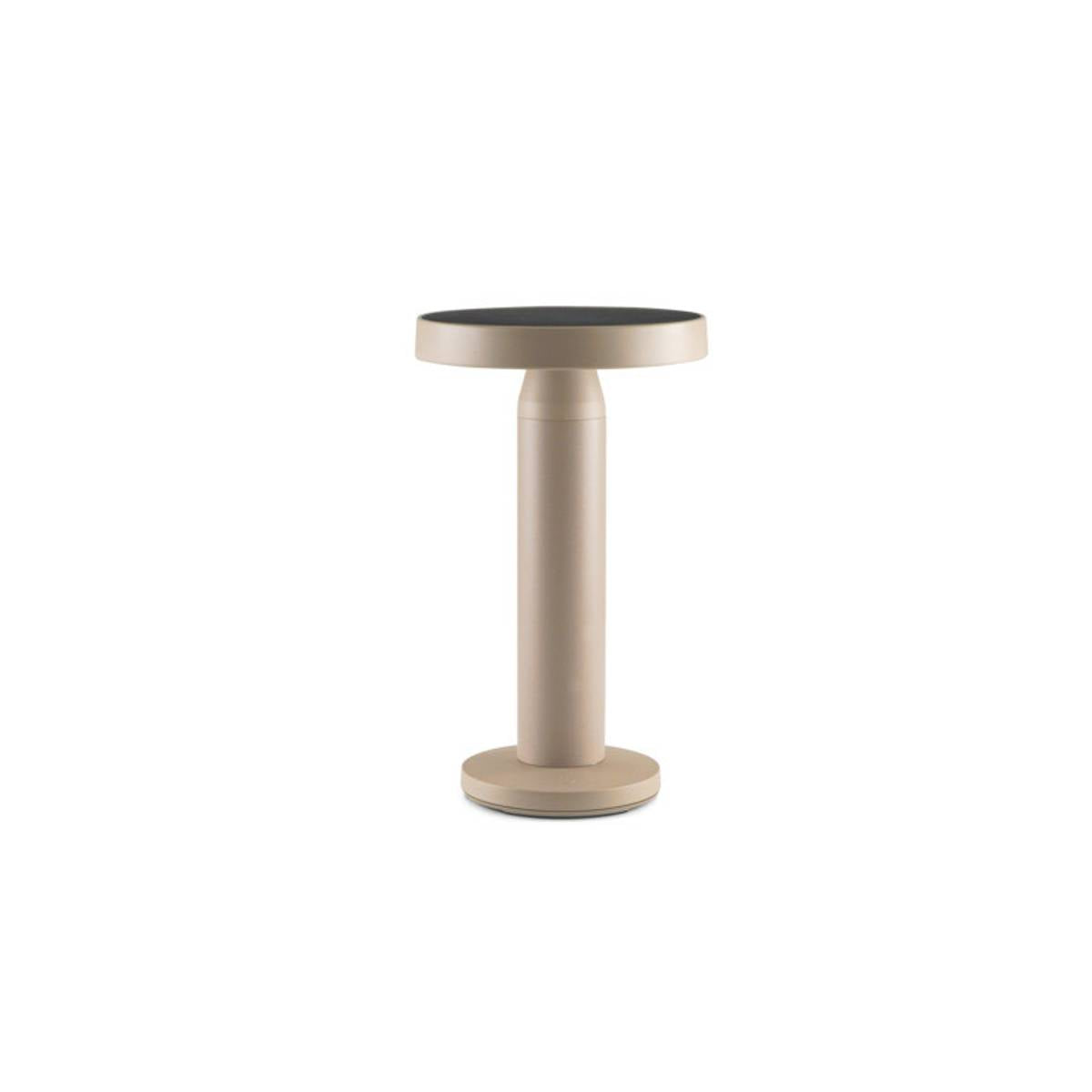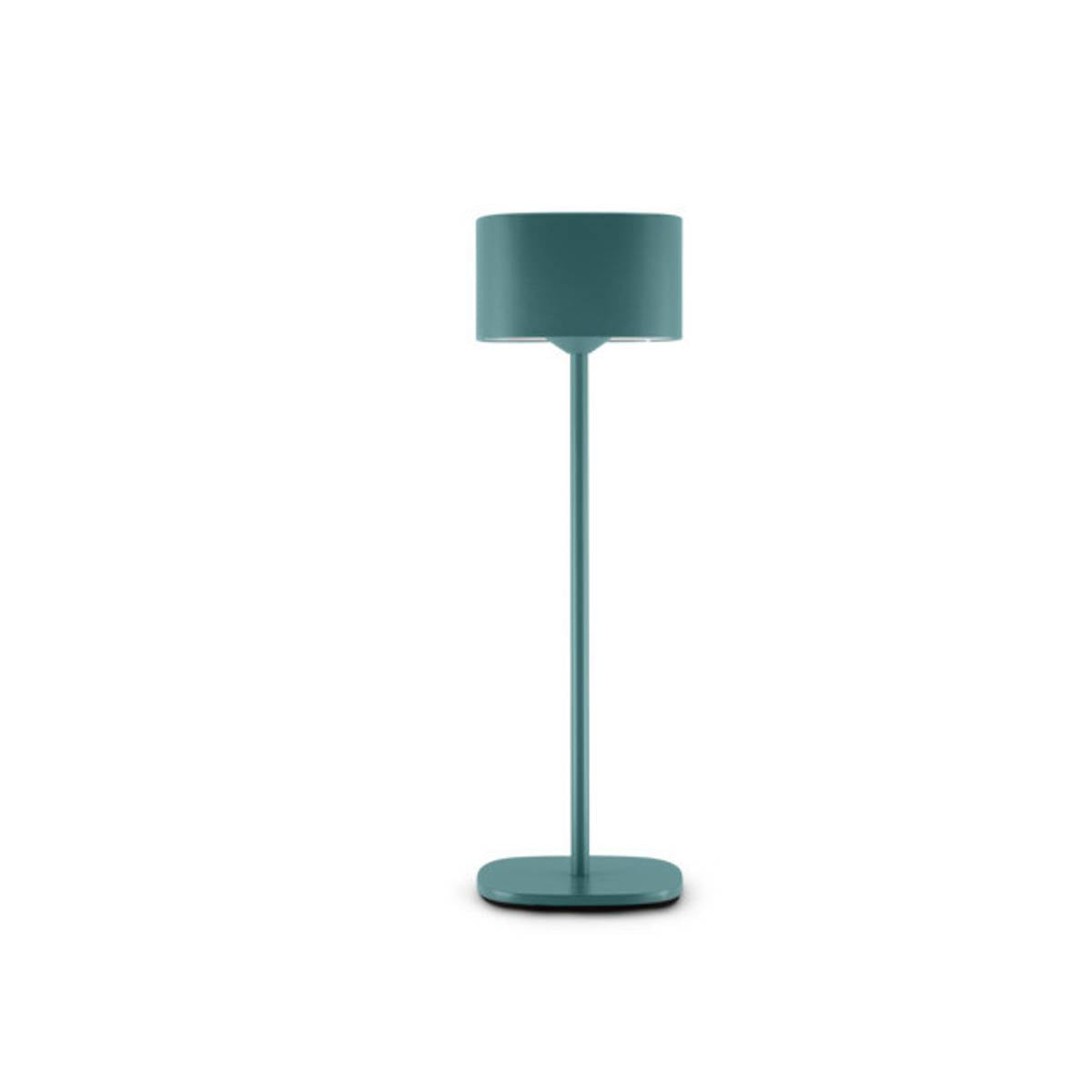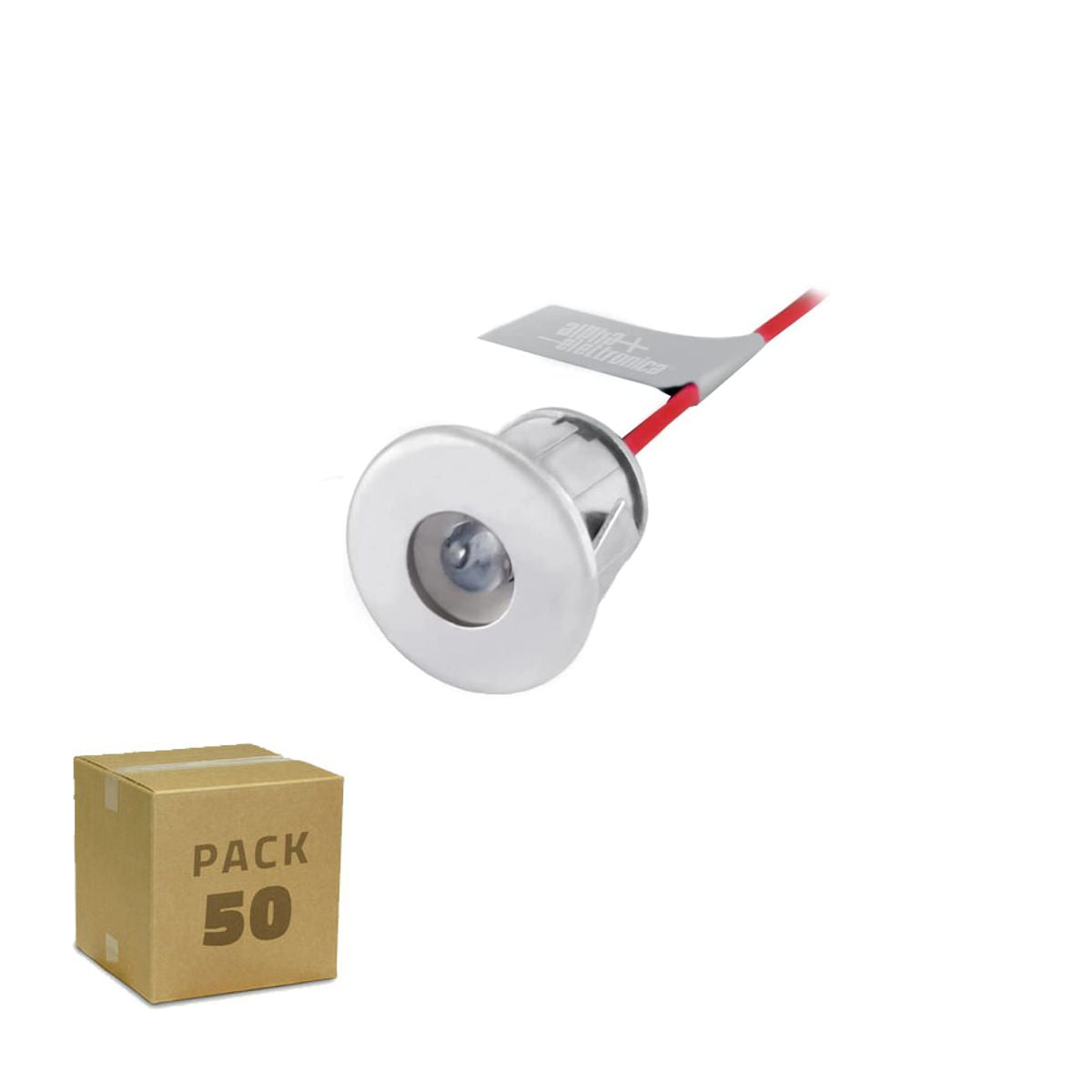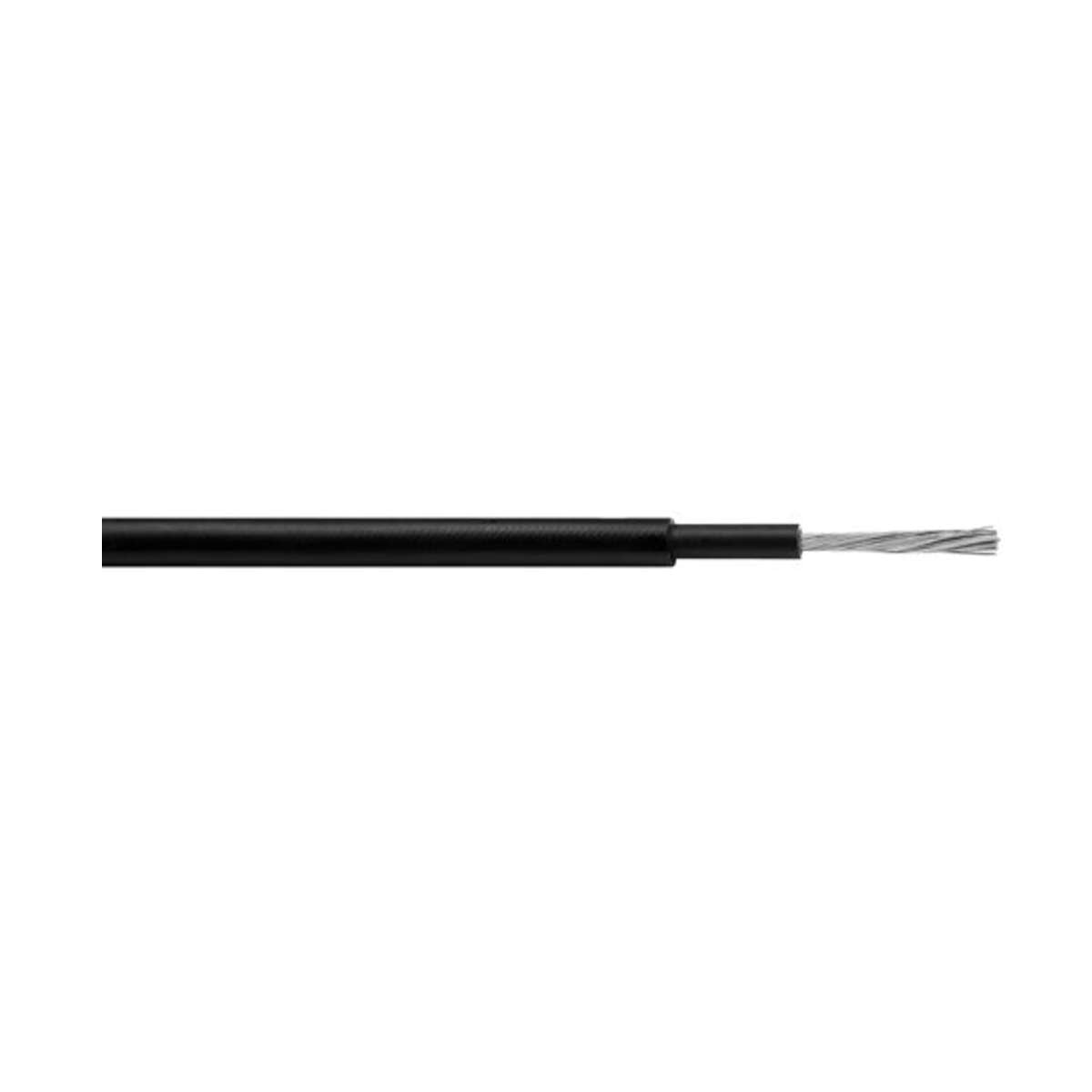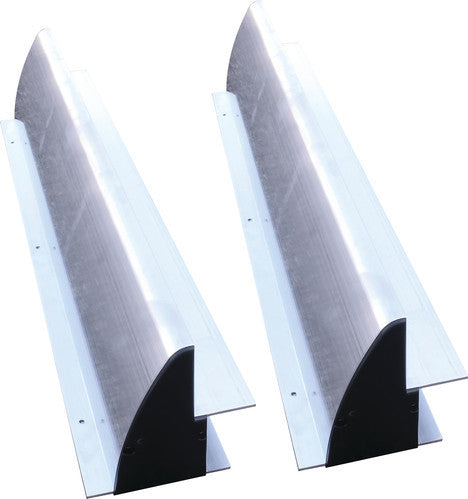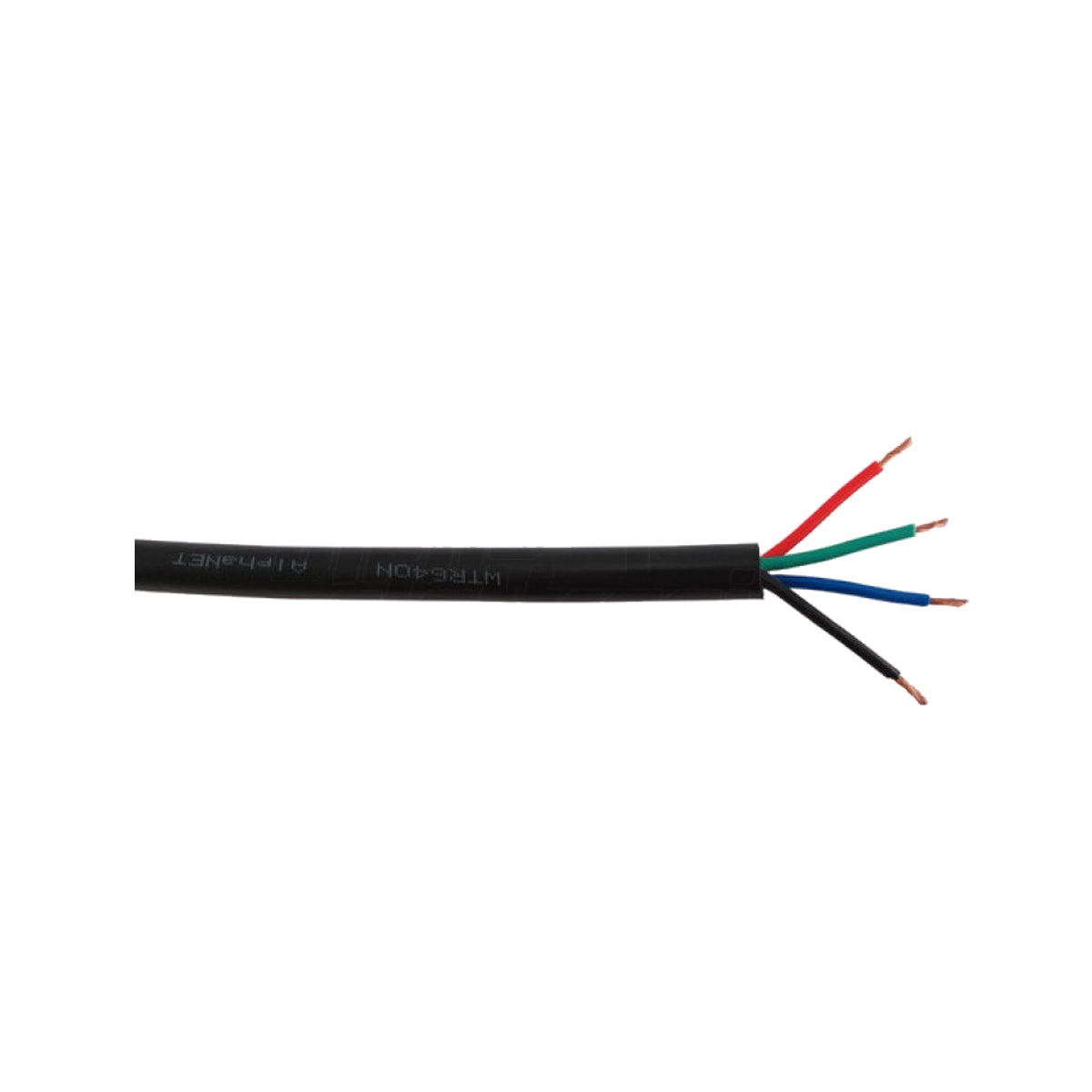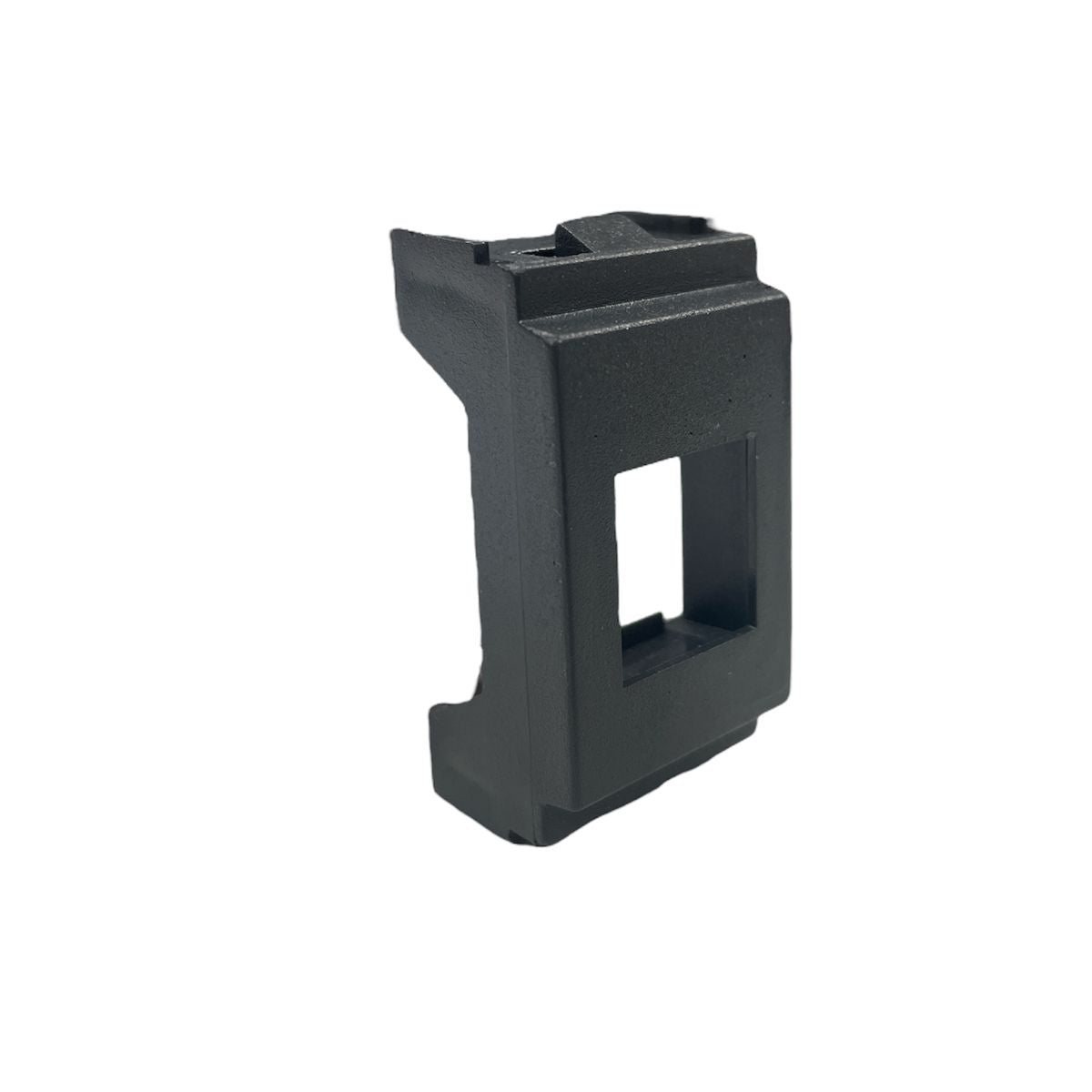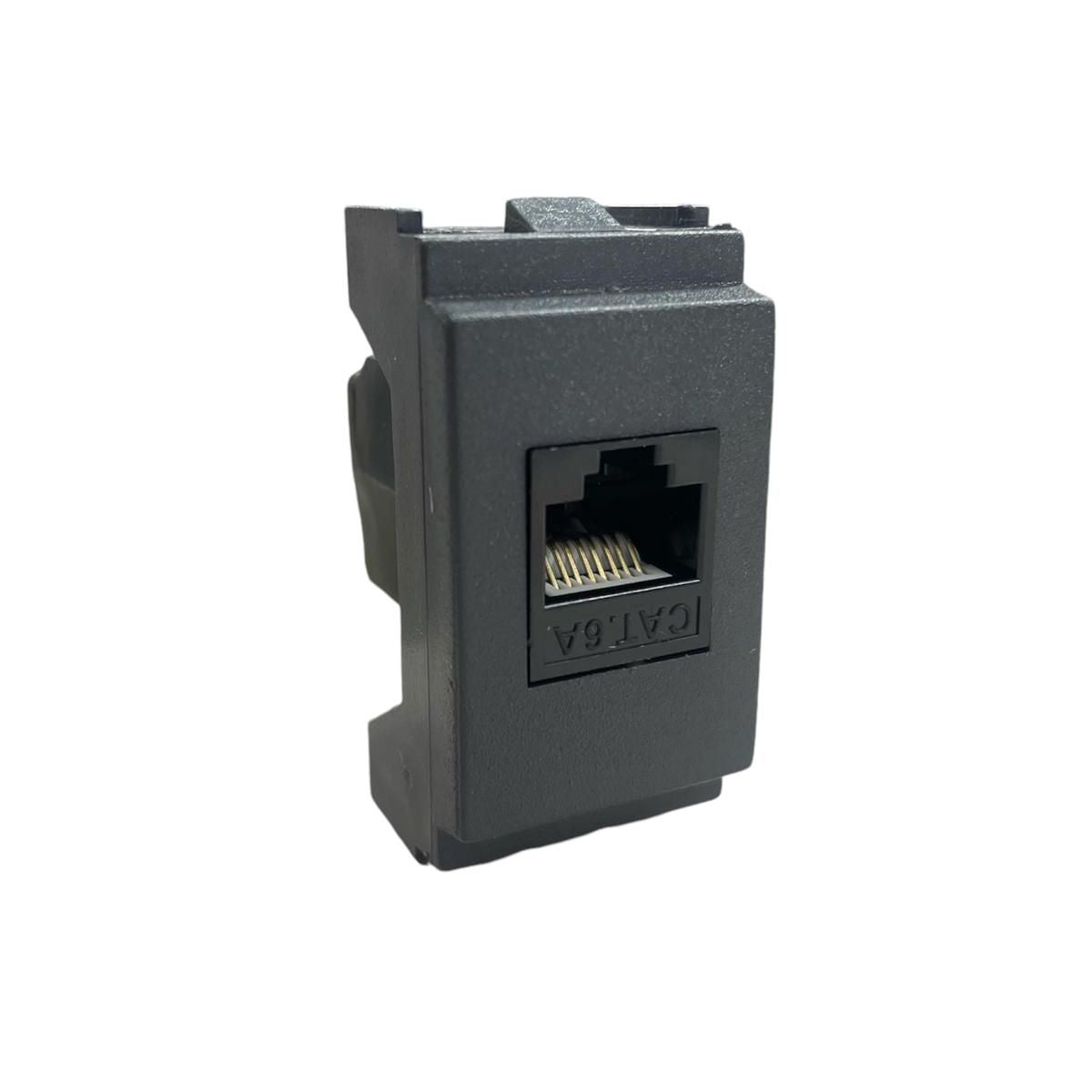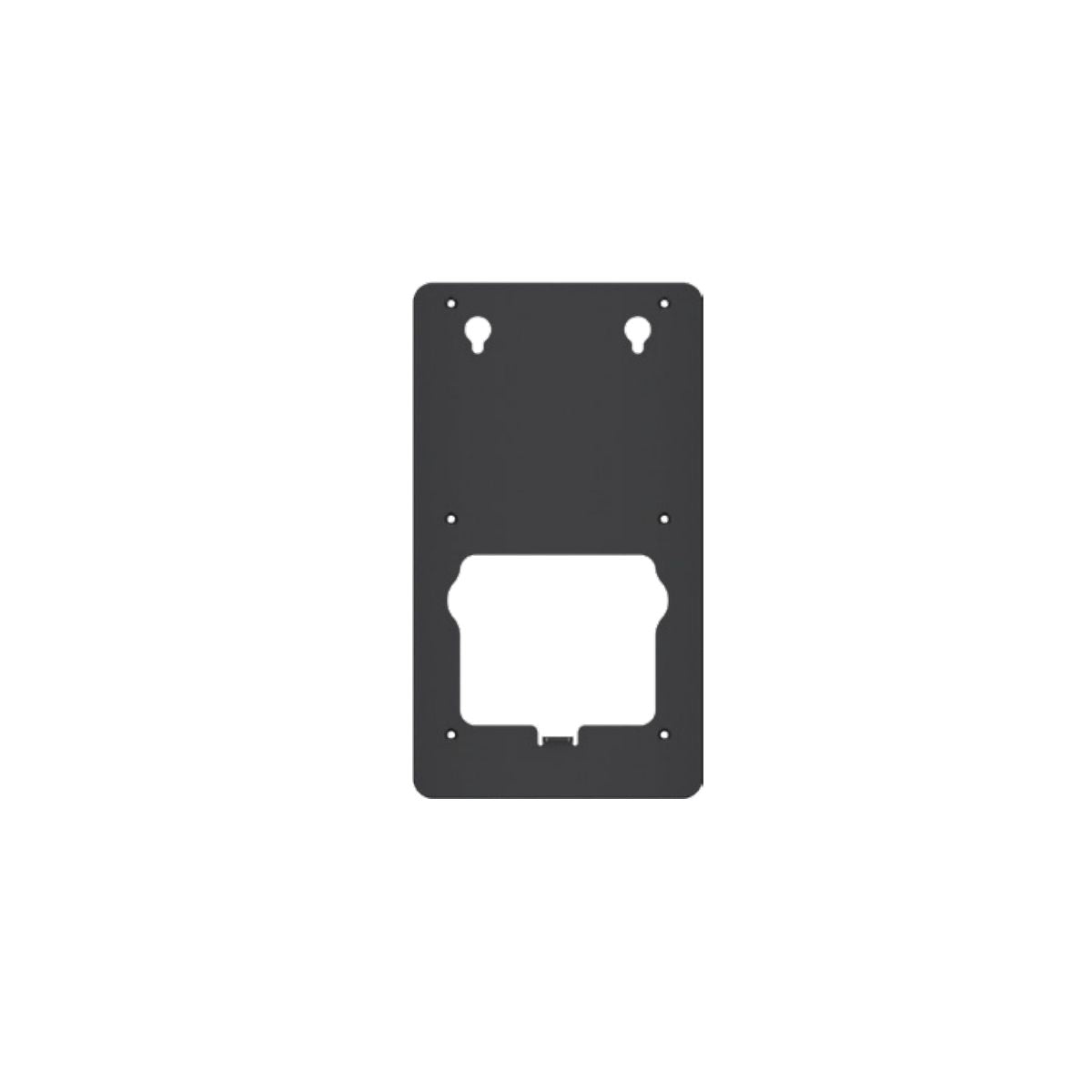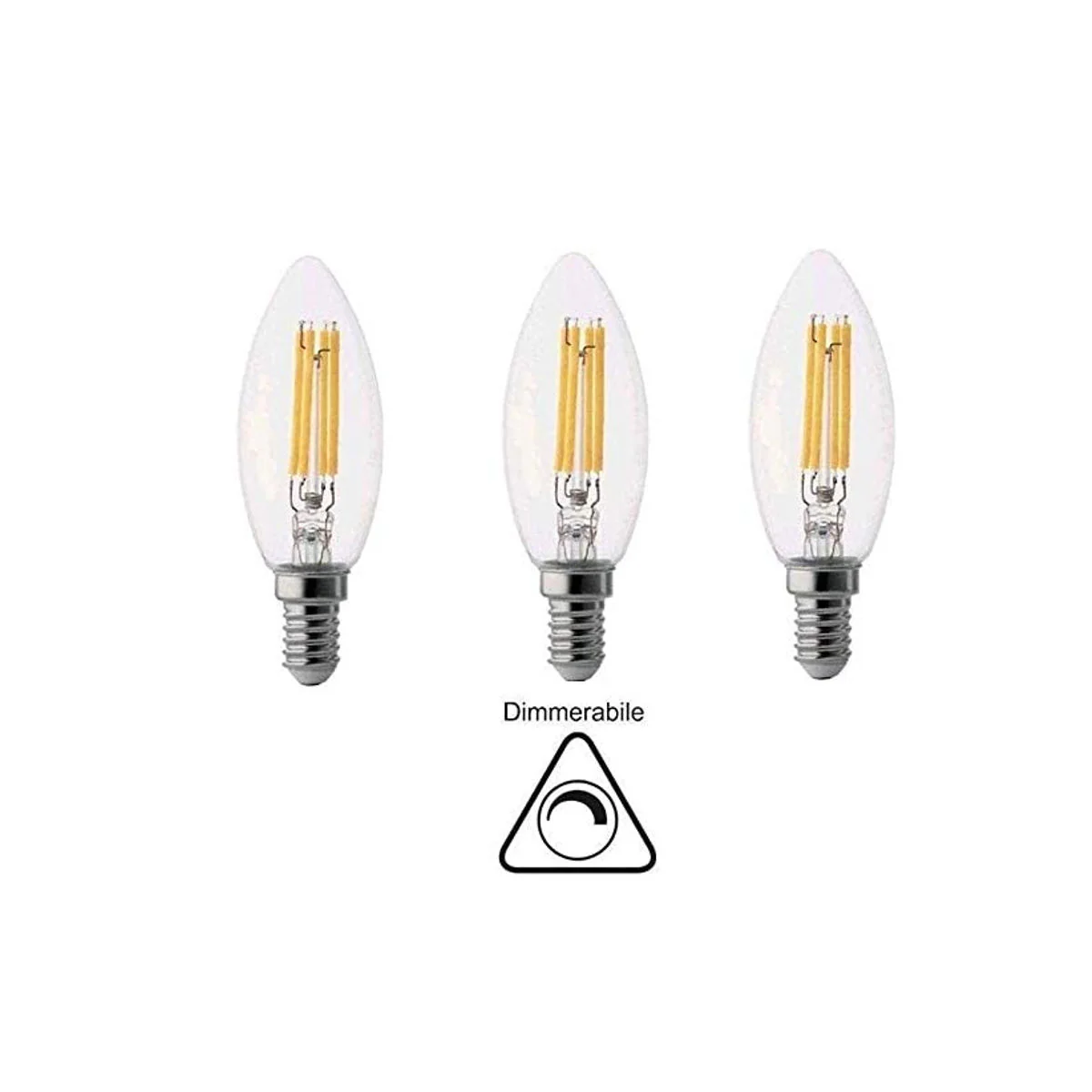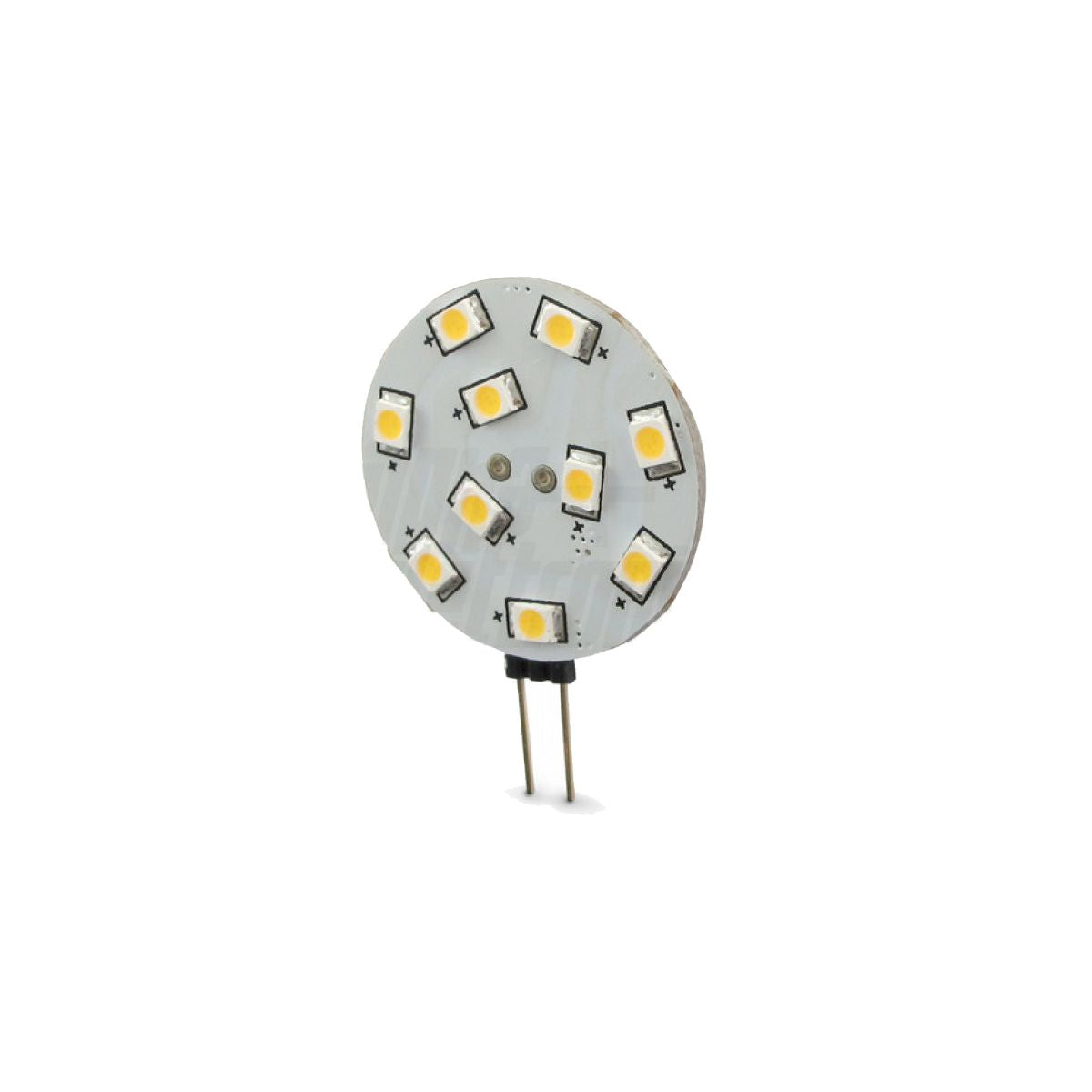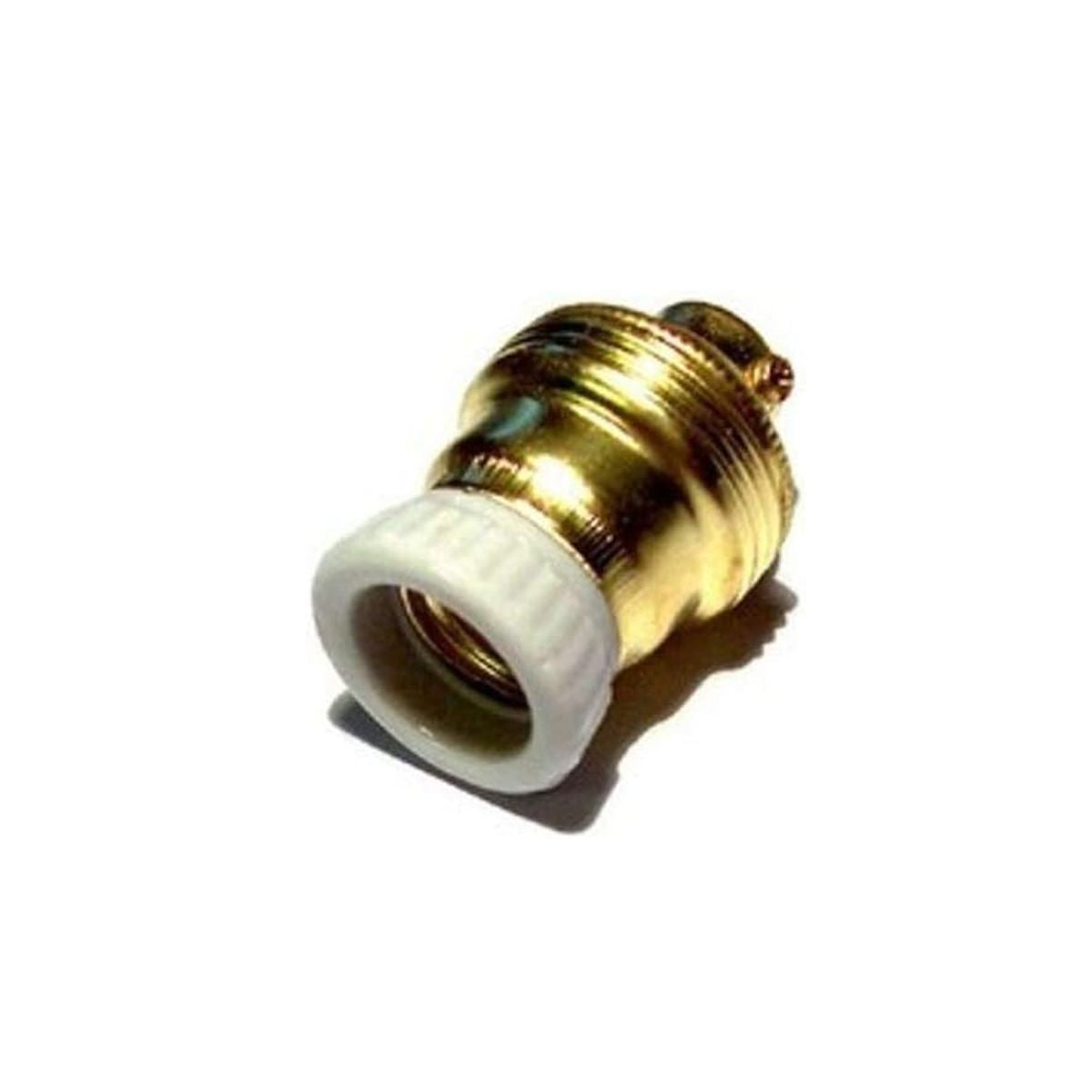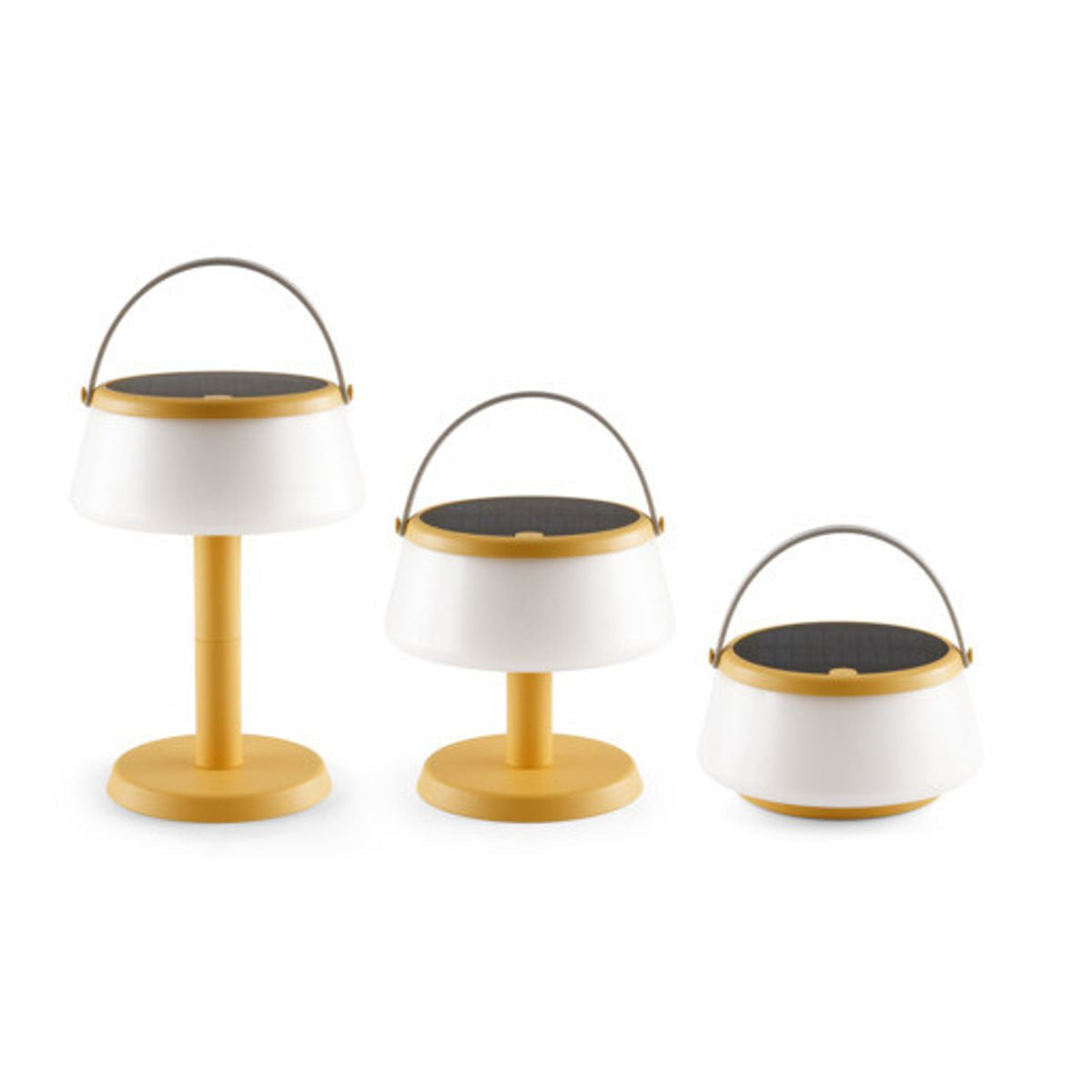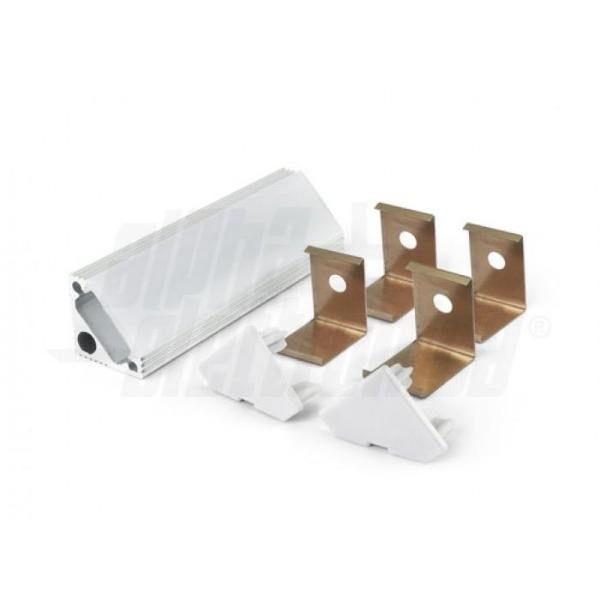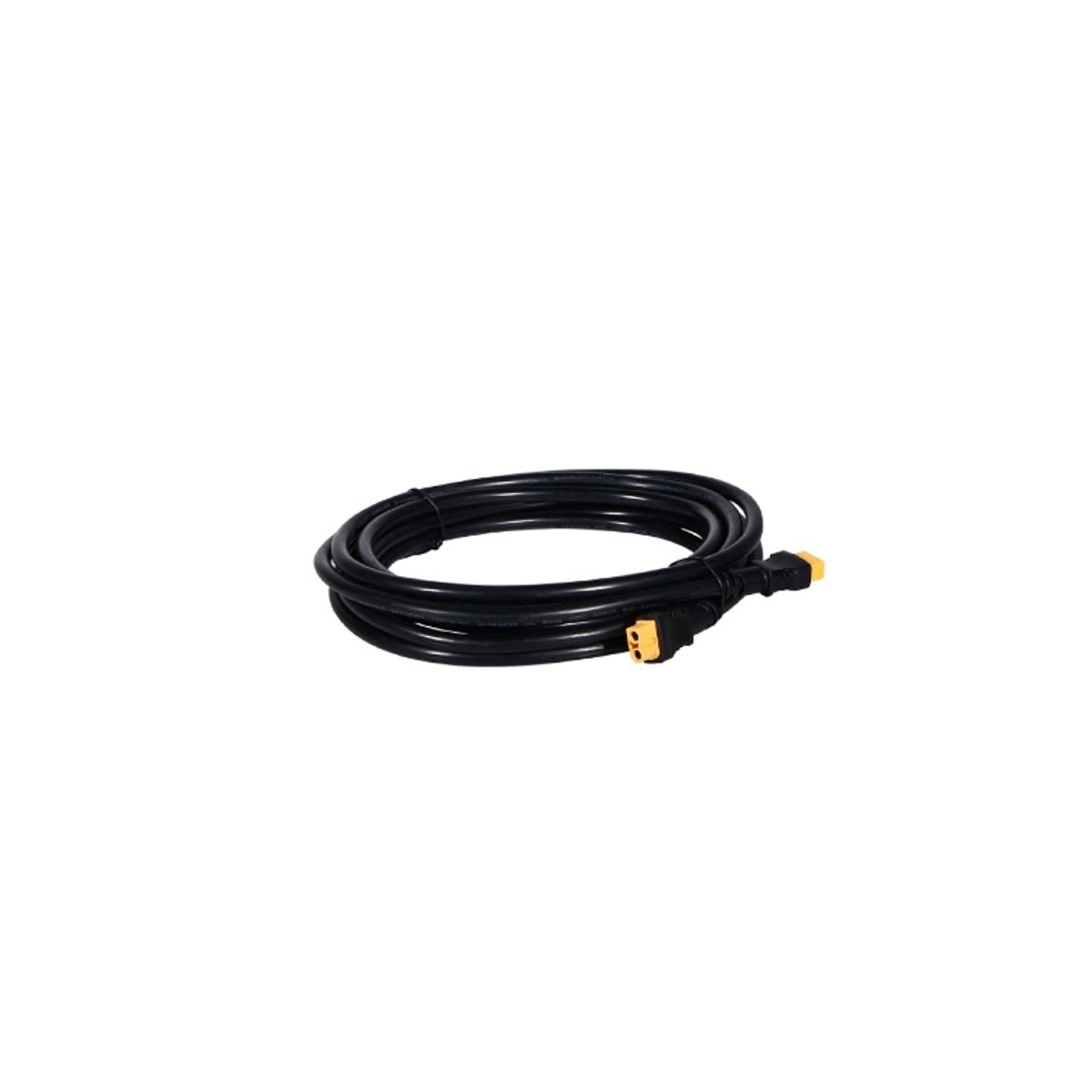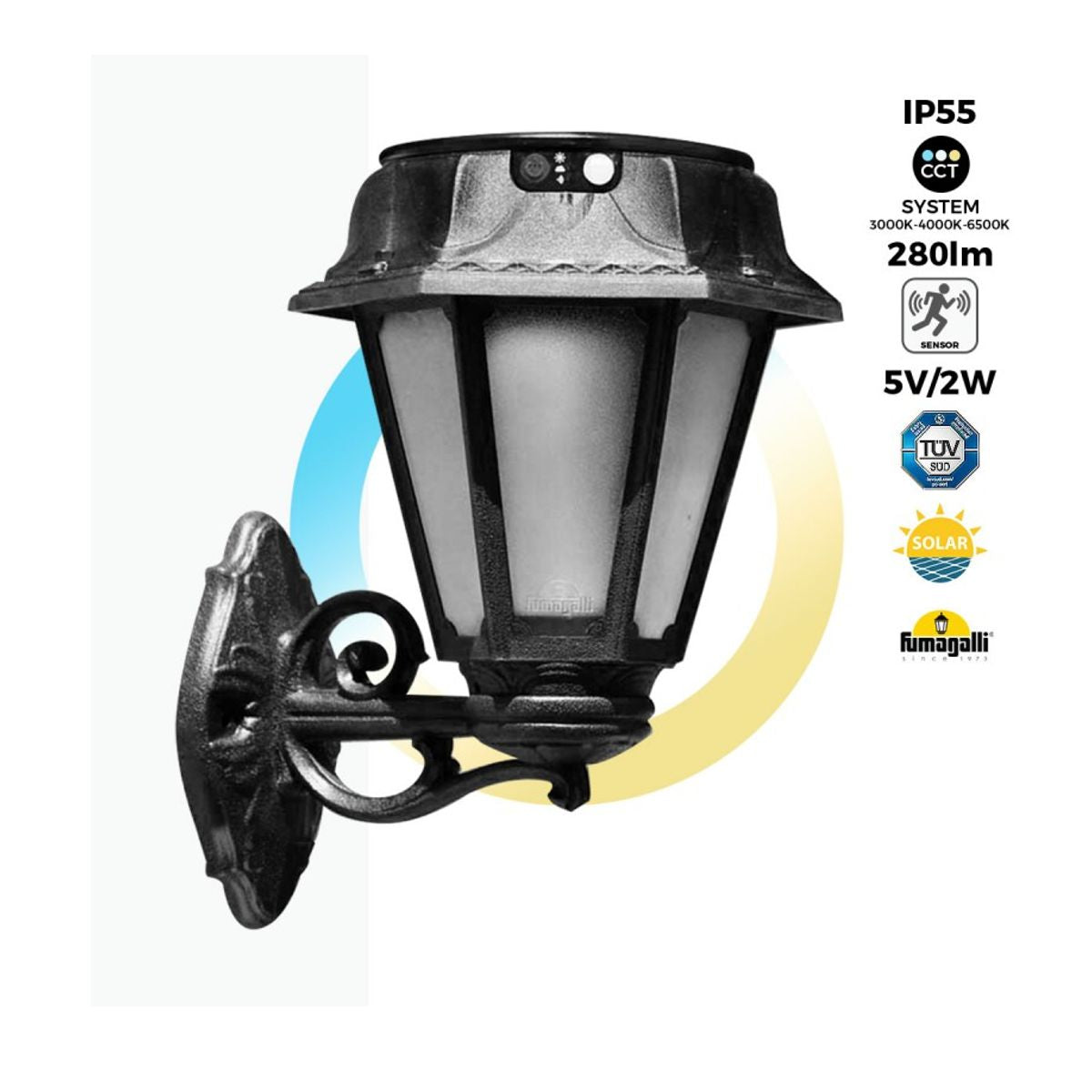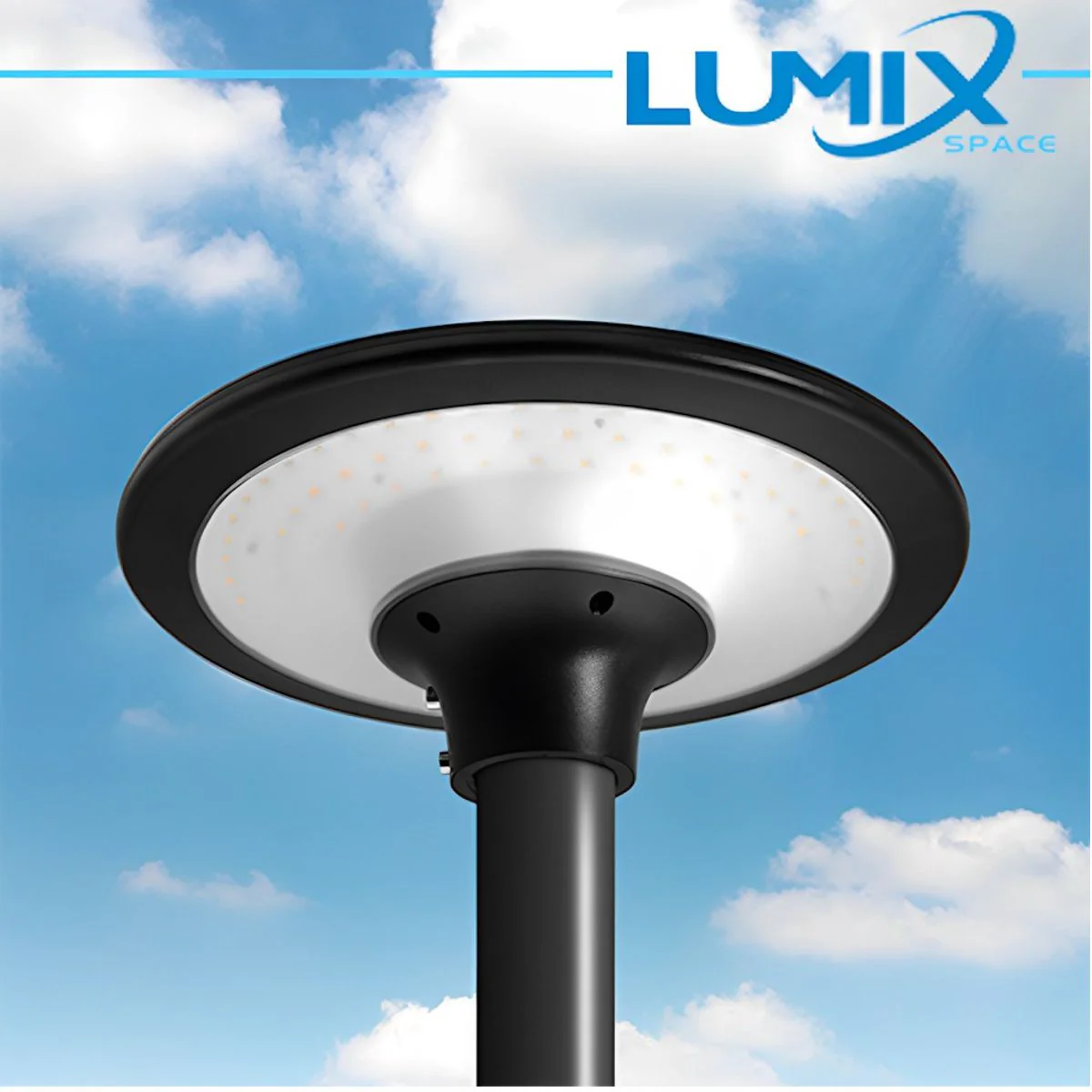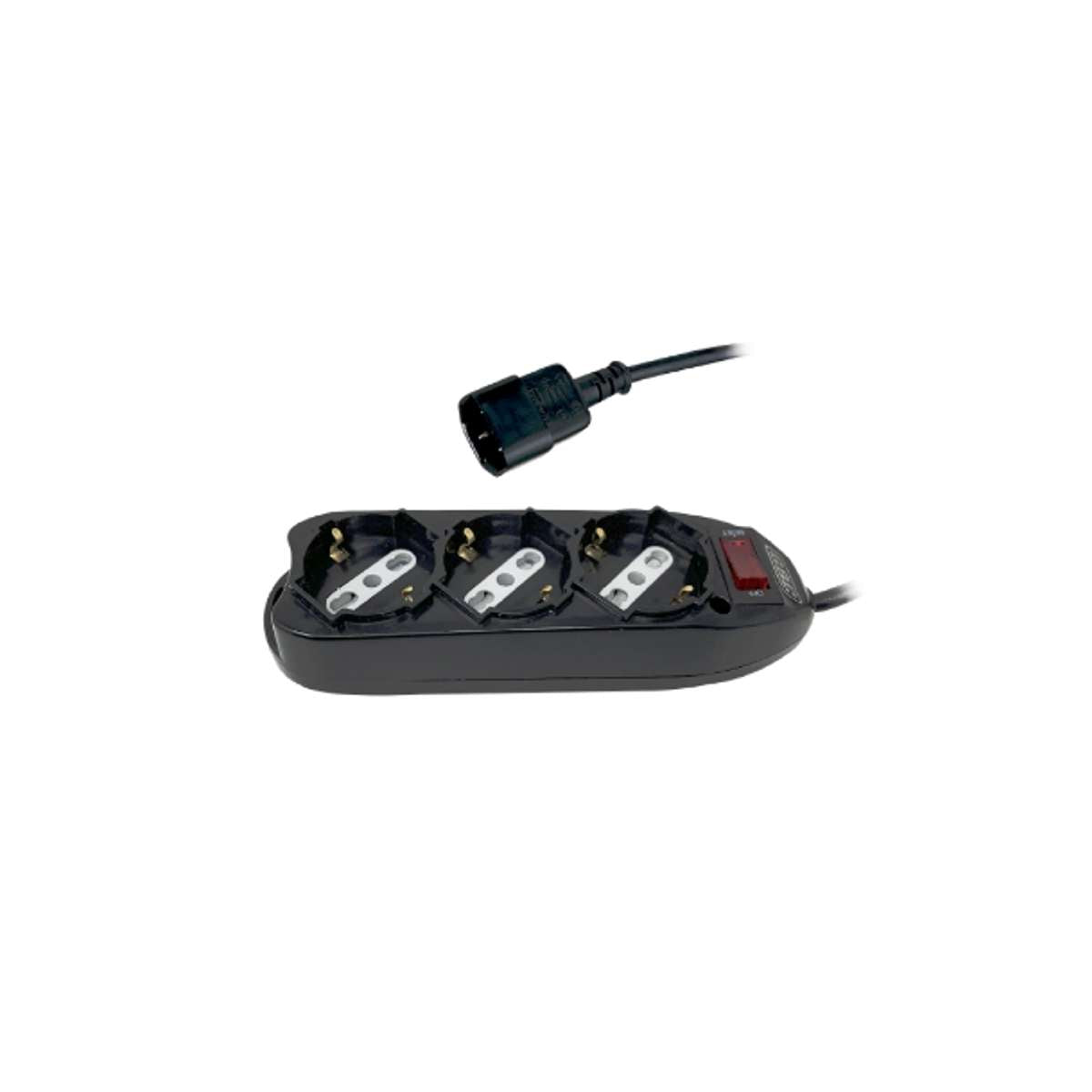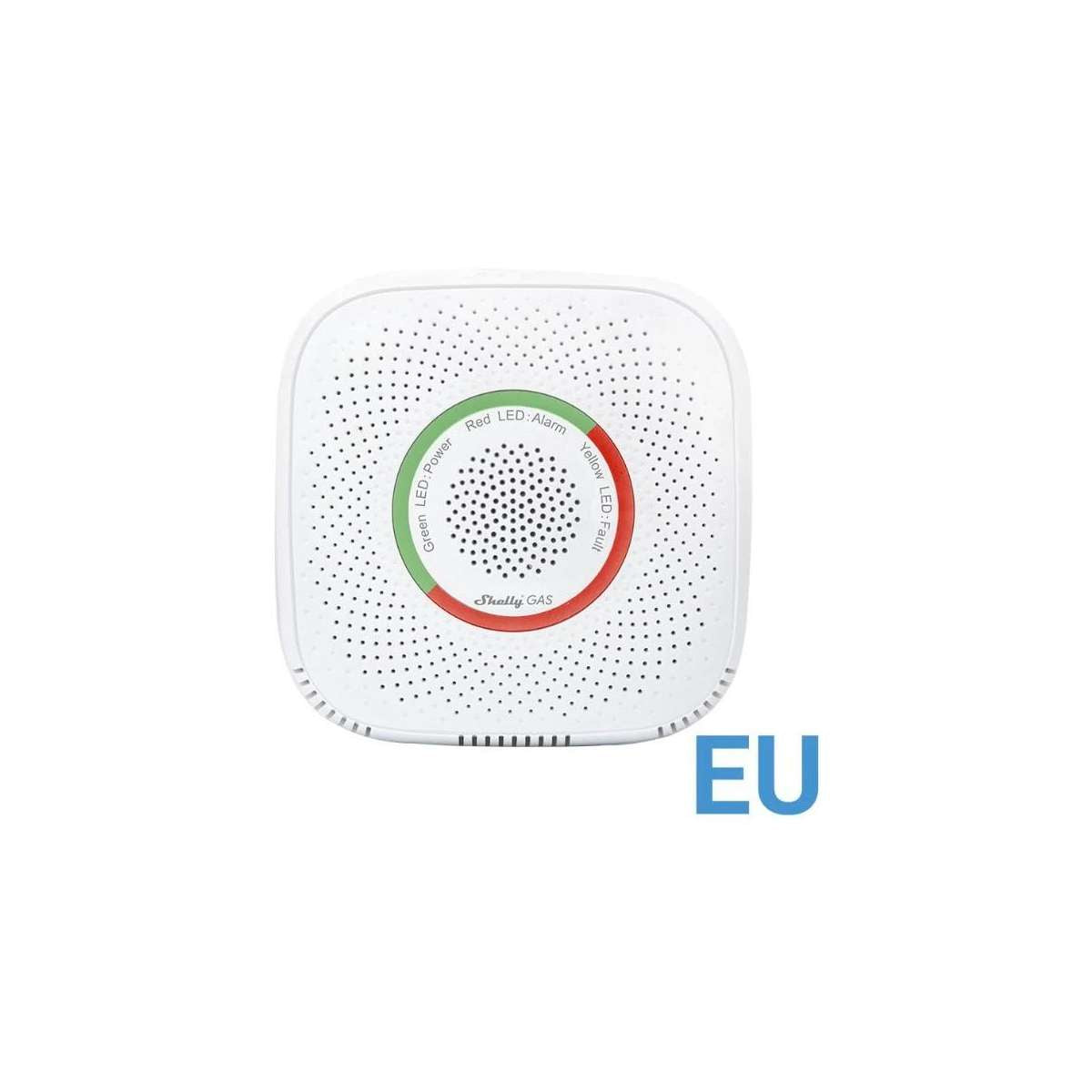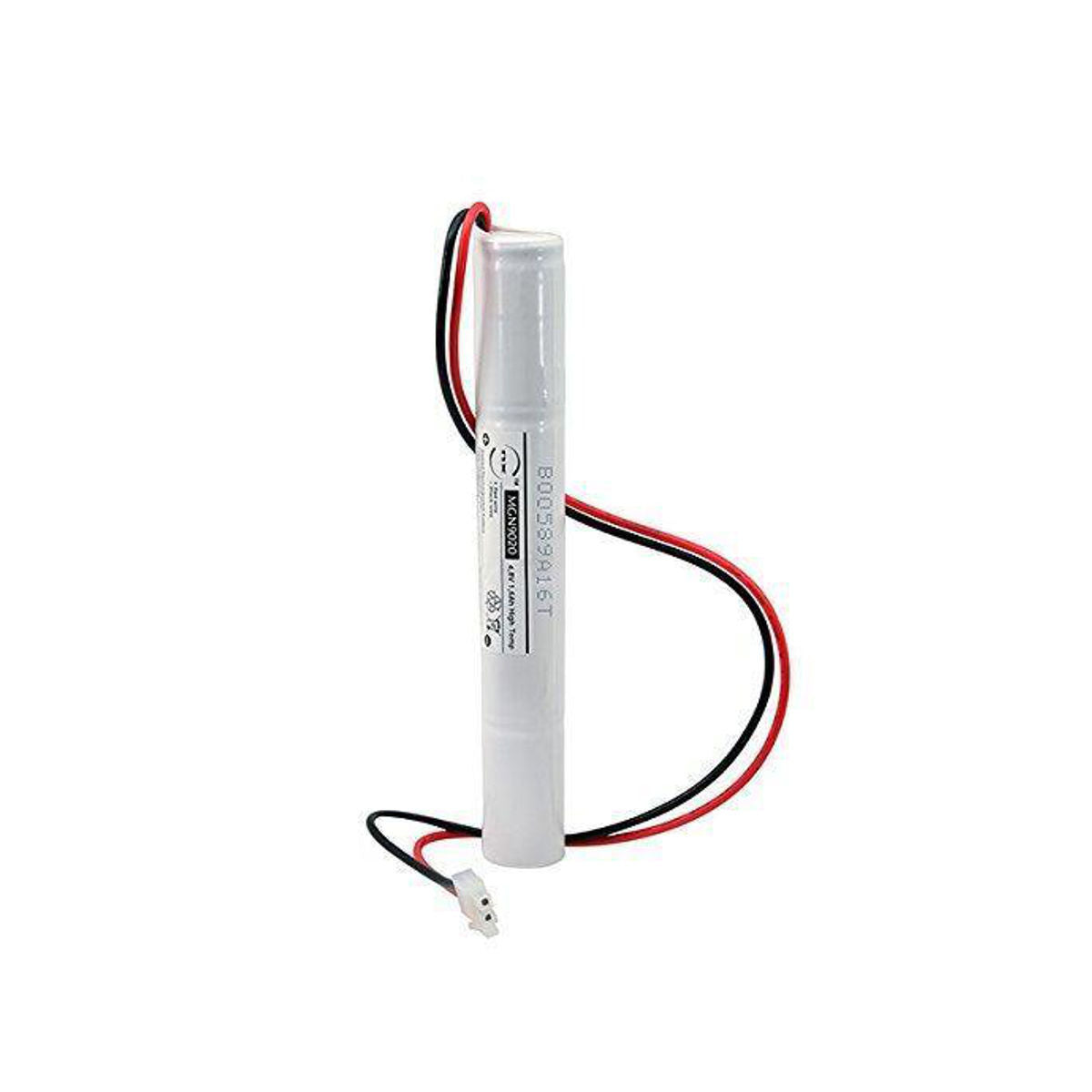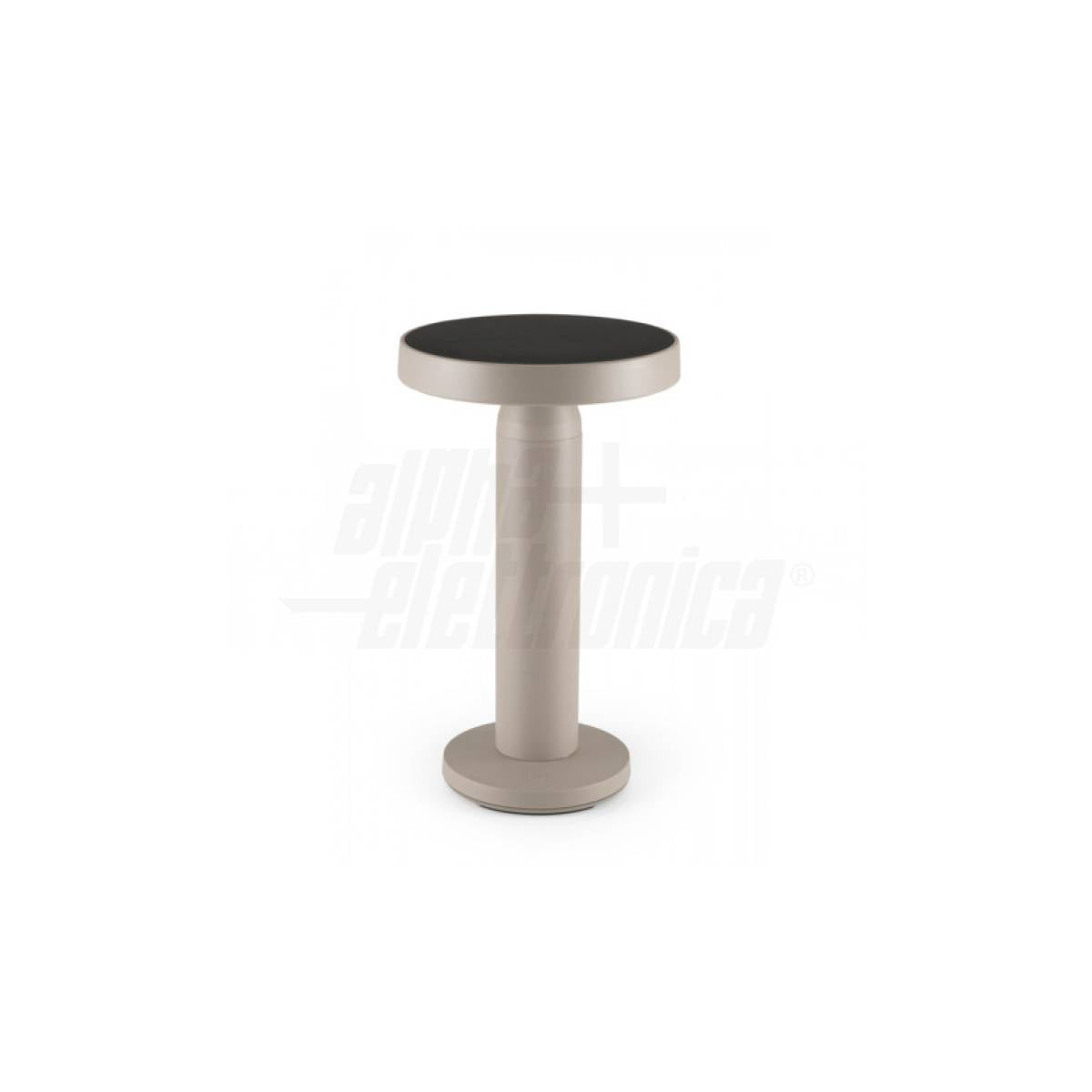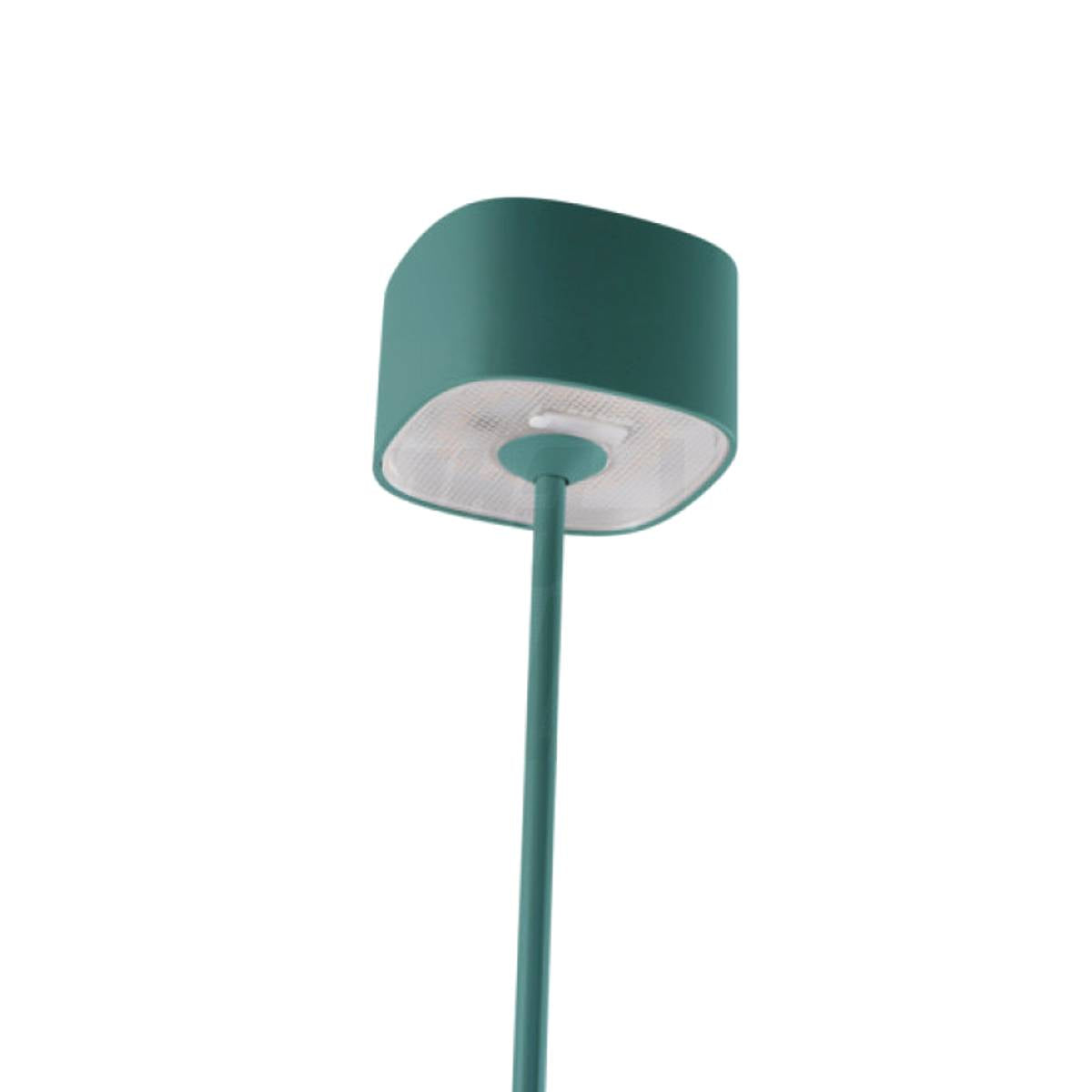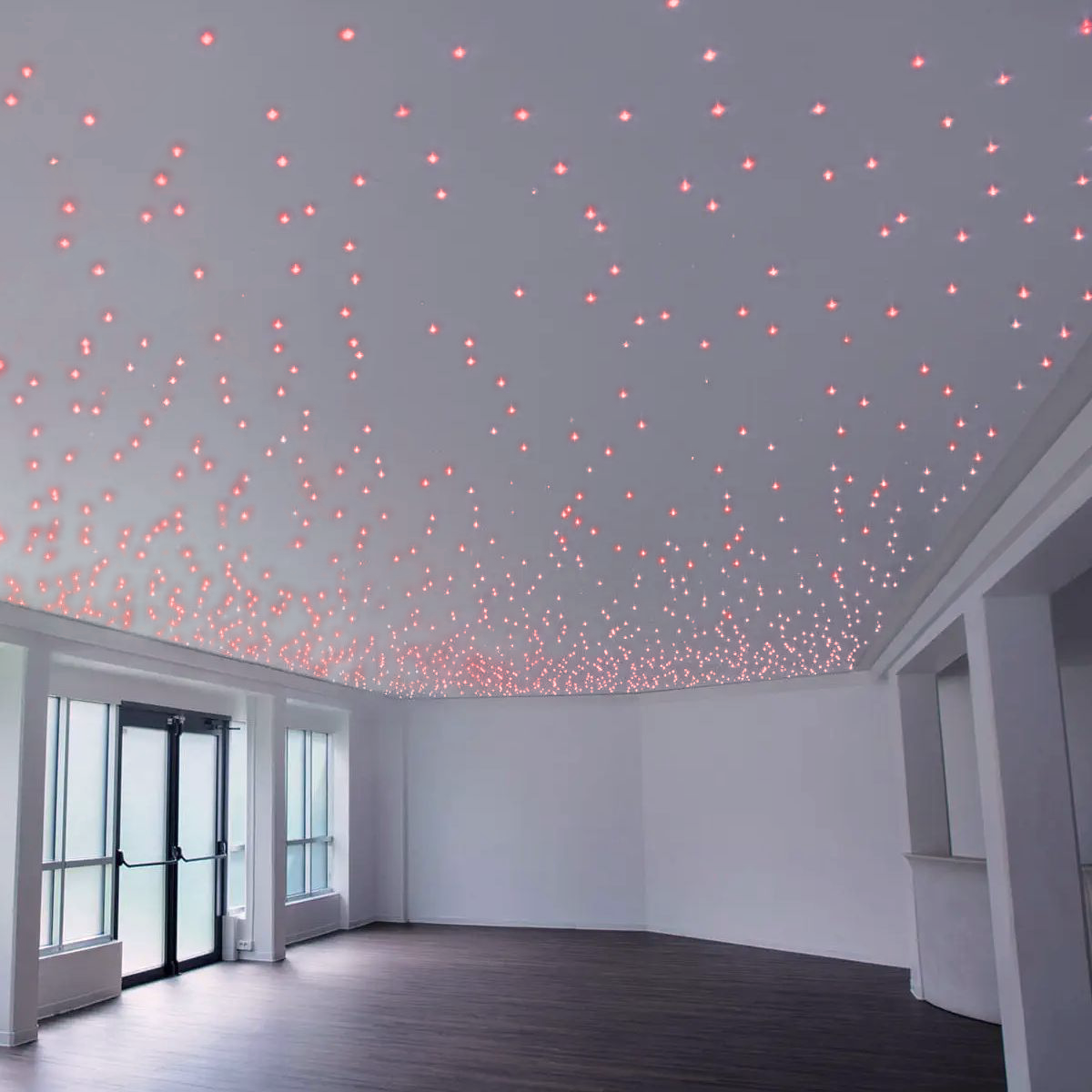We have repeatedly talked about the HDMI signal and how a series of accessories make it possible to distribute the audio and video signal on multiple displays within the same environment. But in practice, how should distribution be managed? It is necessary to keep in mind some steps and to work thinking not only of the present needs, but also of those that could arise, given that the technology is constantly evolving.
What is certainly needed is a splitter or a switch , which depending on the case (domestic or commercial destination) manage the incoming HDMI signal and direct it to one or more monitors or that send multiple signals to a single display.
In the first case, the example is that of a decoder that must interface with several monitors in the house, in the second case it could be a video surveillance system that must send the signal of several cameras to a single monitor.
It is therefore necessary to purchase splitters that have the right number of outputs to manage the number of displays or sources in the environment in which the installation is to be made. The models available on the market are equipped with 2 outputs, 4 or 8, and the difference, as well as in the number of outputs, also lies in the fact that they can manage a greater number of displays without degrading the signal, audio and video. . The splitters, in fact, are able to let out the signal, and direct it towards the target device, without the audio and video quality being lowered.
Furthermore, modern splitters also work on the quality of the signal adapting it to the target display, putting into practice downscaling, a technology that consists in transforming the signal in such a way that it can also be distributed on a non-latest generation monitor (from 4k at 1080p).
Speaking instead of switches , these route multiple input signals to a single output, thanks to a selector that can be manual or automatic. Also in this case, to manage more signals they are equipped with more inputs (from 2 to 16) and thanks to a remote control or, depending on the model, to some keys on the same switch the incoming signals are managed.
Both in the case of splitter and in the case of switch there is one thing to take into consideration: the distance that the signal must travel through a cable. The more it increases, the more difficult it is to carry a quality signal, which is why choosing the right cable becomes fundamental.

